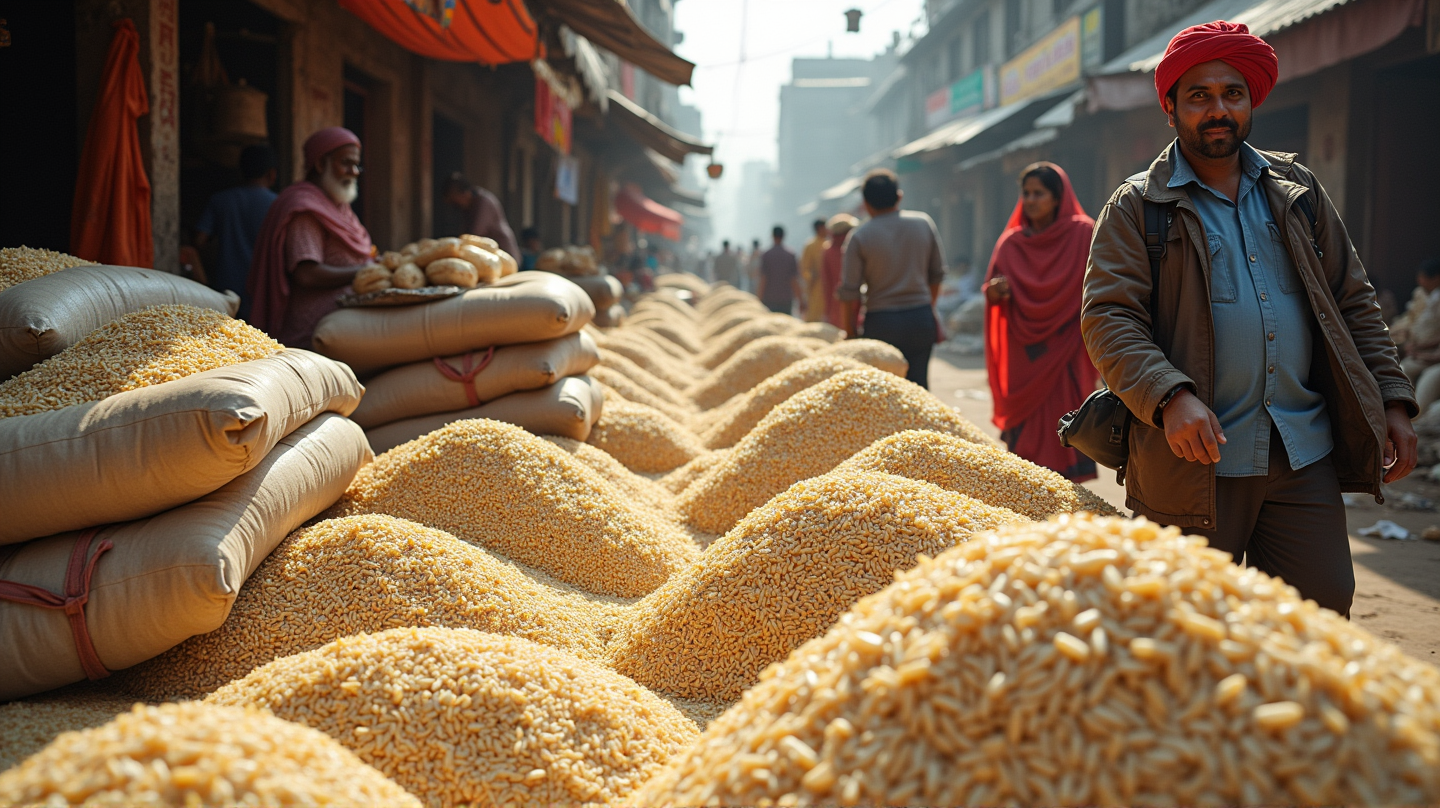Unprecedented Slump in Rice Futures Signals Major Market Shift
Despite de-escalating global trade tensions, rice futures plunge below April levels, driven by surplus supply and surging production in key regions.

The Unexpected Trend in the Grains Market
Rice futures are witnessing an unprecedented downturn, dipping towards $13.10 per hundredweight, a low not seen since early April. This surprising trend emerges amidst hopes of easing global trade tensions but is largely driven by a plentiful supply in the market.
Influential Supply Factors
The U.S. Department of Agriculture’s recent report shines a light on increased supplies, suggesting a spike in rice production across major players like India, Indonesia, and Cambodia. As asserted in the report, these countries have significantly ramped up their output, leading to higher consumption, trade, and ending stocks.
India: The Powerhouse of Rice Production
Of particular note is India’s staggering contribution to this trend. Holding a record 63.09 million tons of rice reserves as of April 1, India far surpasses the governmental benchmark of 13.6 million tons, cementing its lead in the rice export domain. As the world’s dominant rice exporter, India controls about 40% of the global trade, influencing market dynamics notably.
Global Market Implications
The dip in rice futures raises questions about the impending consequences on global food prices and agricultural economies. Potential de-escalation in trade tensions adds another layer of complexity, leaving stakeholders eagerly watching the developments.
The Path Ahead for Traders
For traders and stakeholders, the current scenario underscores the importance of vigilant market analysis and strategic planning. The grains market demands a keen understanding of geopolitical and economic variables that could reshape future outcomes.
In conclusion, the rice market’s current state illustrates how interconnected production capacities and geopolitical shifts can redefine traditional market norms, offering both challenges and opportunities for global traders. According to TradingView, these factors could hint at broader agricultural trends yet to unfold.





